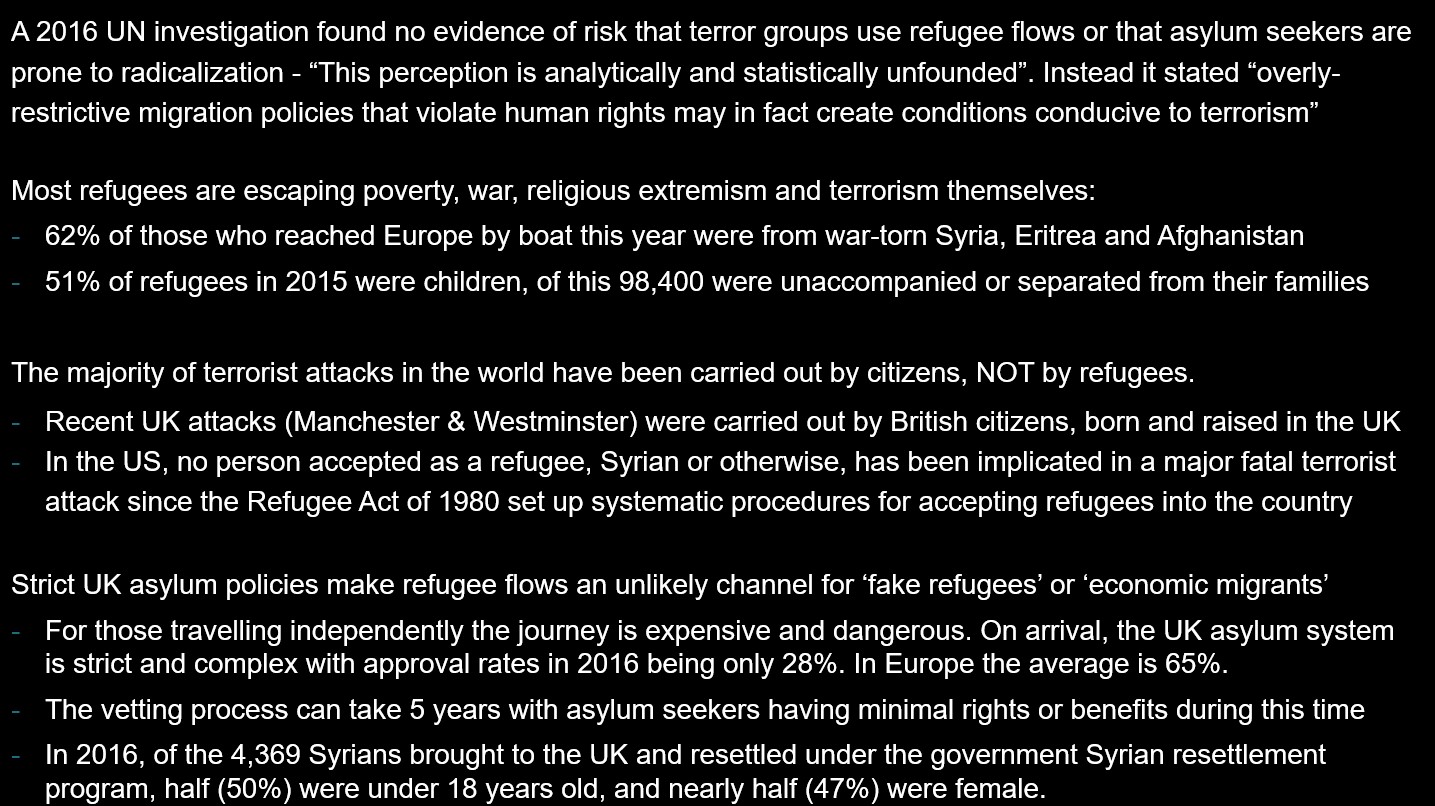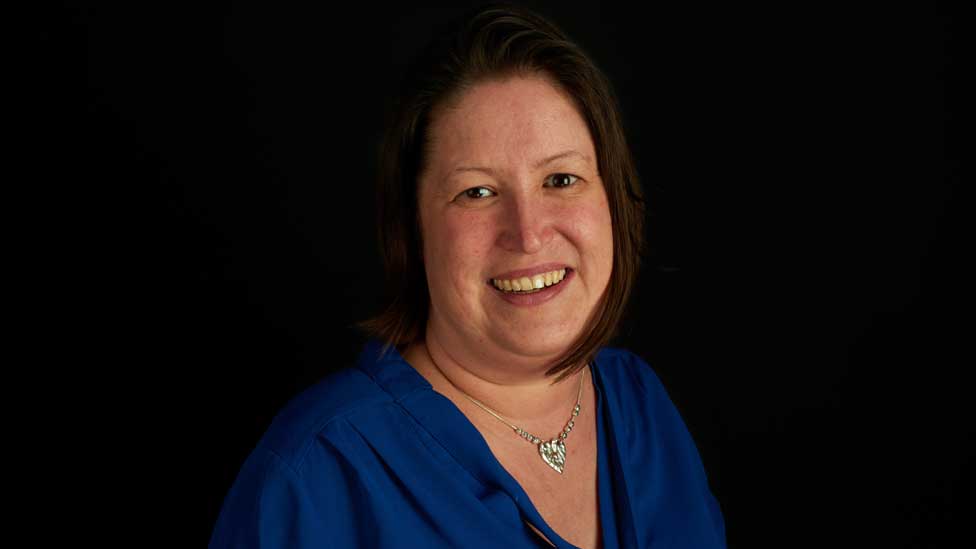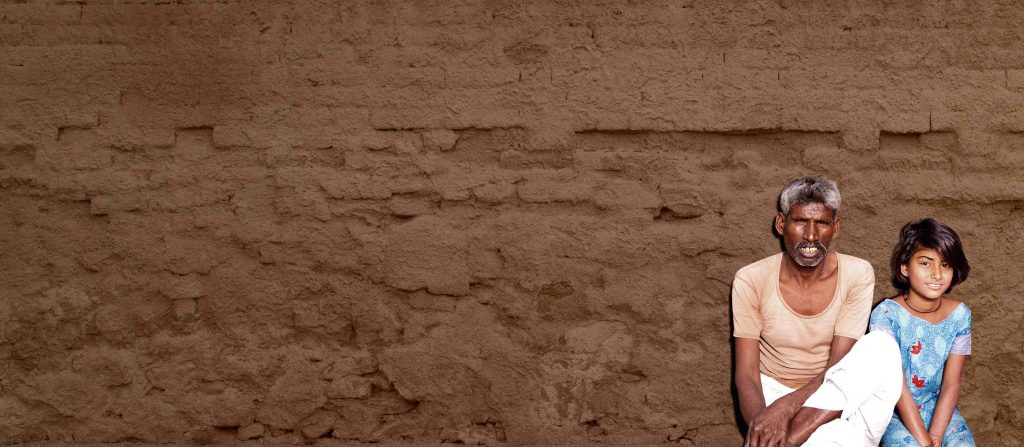How Research Guided Program Strategy and the Behavior and Attitudinal Shift that Resulted from It
In 2015 the only LGBT non-profit organization in Cambodia, Rainbow Community Kampuchea (RoCK), commissioned Kantar TNS Cambodia to conduct a large-scope baseline study to objectively verify and understand the situation of the LGBT population in Cambodia especially from the straight community’s perspective. The Opinions, Attitudes and Behavior toward the LGBT Population in Cambodia study employed both qualitative and quantitative methods. The 1,085 sample was among straight people and 478 among LGBT respondents in 10 provinces and Phnom Penh capital. The study was representative of the Cambodian target population with respect to gender, income, and urban/rural populations. Focus group discussions were also used to unearth personal narratives and experiences to better understand the trends we learned through survey research.
Key findings from the research have been used by RoCK for the organization’s strategic planning and program implementations. One of the programs is a training on sexual orientation and gender identity (SOGI) and LGBT human rights providing to the straight community with a particular focus on local authorities in order to make LGBT issues and people more visible, ordinary, normal and natural as part of everyday life in Cambodia.
To understand how our 2015 study has been used to create impact, we further explored RoCK’s program implementation, specifically among straight people. The effect of the program, which is a result of the research, is demonstrated through case studies and through the 2017 survey results (was comprised of 1,683 straight people across 11 provinces and the capital city in both urban and rural areas).
LGBT rejection and acceptance levels among straight people
Evidence from a follow-up study in 2017 with straight people, who had not participated in RoCK’s workshop, indicates that the living environment for LGBT in Cambodia has not improved. Hence, Cambodia needs an intervention to improve the living conditions for LGBT people by transforming LGBT opponents, especially extreme opponents, into allies.
We classified LGBT opponents and supporters into four categories (graph below). The LGBT rejection and support spectrum shows that while no less than three in ten Cambodians completely reject LGBT in the last two years, the number drops to only one in ten for those who completely support LGBT in the same periods. Although about half of Cambodians support LGBT, they tend to moderately support them (nearly four in ten) rather than completely support them (one in ten).
Figure 1: LGBT rejection and support spectrum

RoCK intervention program results
Post-test of the workshops conducted by RoCK among 149 participants shows that after the training all of them agree same-sex love is human rights; the majority (97%) come to an understanding that there should be laws or policies supporting LGBT couples and recognizing their relationship; and almost all of them (97%) believe people are LGBT because of “their nature” not “their choice”.
Our case studies with four straight participants in two provinces, Kompong Speu and Battambang, reaffirm the knowledge gained mentioned above. The knowledge shift that ultimately leads to attitudinal and behavioral change among straight people across LGBT rejection and support spectrum is illustrated in our paper http://www.tnsglobal.com/press-release/transforming-lgbt-opponents-allies.
An added value for RoCK and other NGOs
It is evident that the LGBT problems will not improve without a program intervention given that SOGI and LGBT rights are a relatively new – or still nonexistent – topic in public discourse. Being in an infant stage can also offer advantages in mainstreaming straight people in Cambodia since it is easier to raise awareness among those who have no knowledge than to teach them to “unlearn” in order to “relearn”.
RoCK workshops that have been conducted since 2016 positively impact participants we interviewed, especially the opposed ones. Since RoCK has not had concrete way to measure long-term impact of the program, it would be good for RoCK to conduct rigorous evaluation in order to closely monitor the perceptions, attitudes and behavior change of their participants. We are very pleased that RoCK contacted us after we finished our paper for input on workshop evaluation to track the impact of the program.
In addition, we have been invited to be guest speakers to share our findings. For instance, WaterAid Cambodia recently contacted us to present our findings to their staff in order to raise their awareness, and to integrate LGBT topic into their Equity and Inclusion Program. Moreover, we are probably invited to give our speech to LGBTIQ activists, experts and scholars working on SOGIESC issues and all other allies who will attend ILGA Asia Regional Conference happening in Cambodia from December 04-08, 2017. We hope that the learning will be informative and relevant to other countries facing with these same struggles.
Lastly, one of the recommendations, tracking the program impact, has already been implemented by RoCK. We do hope that other recommendations in the paper will be taken into consideration by other NGOs, especially by RoCK in order to improve the lives of LGBT people in Cambodia
References:
Vinh Dany, Menh Vuthisokunna and Rebecca Norris (2015). Opinion, Attitude and Behavior toward LGBT population in Cambodia
CCHR. (2015) ‘LGBT Bullying in Cambodia’s Schools’
About the authors
Dany Vinh is a Senior Research Manager at KANTAR TNS Cambodia.
Layhour Sao is a Senior Research Executive at KANTAR TNS Cambodia.



















